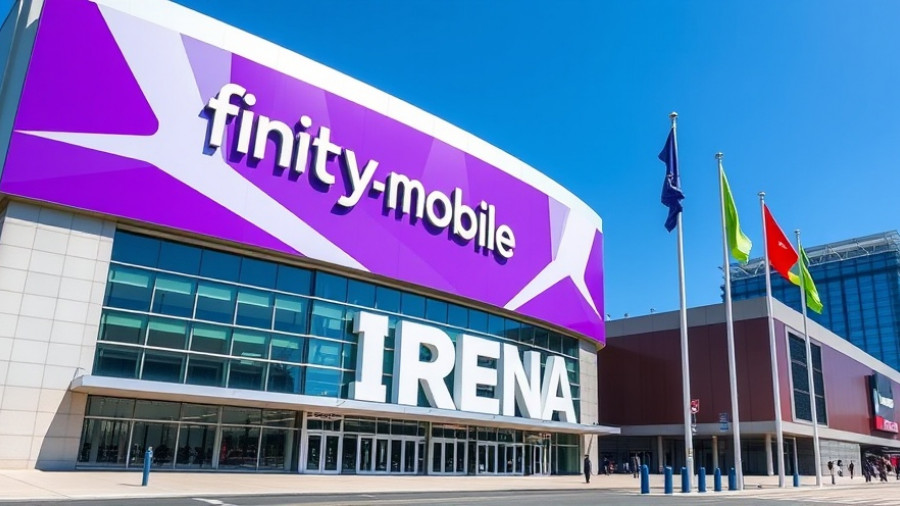
Understanding Building Cladding: More Than Just Protective Layers
When you think of building exteriors, cladding might not be the first term that springs to mind. But cladding plays a critical role beyond merely providing a pleasing aesthetic. As a protective skin for a structure, it serves multiple functional purposes that every business owner and property developer must understand.
What Exactly is Cladding?
In essence, cladding refers to the application of a non-structural external layer over a building's framework. This layer is essential for shielding buildings from harsh environmental factors like rain, wind, and UV rays. But the benefits extend well beyond basic protection; modern cladding materials can significantly improve a building’s energy efficiency—potentially cutting HVAC costs by up to 30%.
Why Businesses Should Consider Cladding
For property developers and facility managers looking to make cost-effective decisions, the choice of cladding can have long-term implications. Here are some practical benefits:
- Weatherproofing: Robust materials like fiber cement can withstand hurricanes and extreme weather, preventing water infiltration and protecting structural integrity.
- Insulation: Cladding options such as metal panels with foam backing provide comprehensive insulation, crucial for keeping energy costs low in climate-sensitive locales.
- Fire Safety: Non-combustible materials can be vital for compliance with safety codes, especially in high-rise buildings.
- Low Maintenance: Materials like vinyl siding are durable and require only periodic cleaning, making them ideal for busy urban environments.
- Aesthetic Enhancement: The right cladding can transform an ordinary building into an architectural showpiece, adding significant aesthetic value.
Real-World Applications of Cladding
These applications are tangible in various sectors:
- Residential Homes: Homeowners opting for cladding solutions often enhance their home’s value while enjoying lower energy costs.
- Commercial Complexes: High-rises integrate cladding not only for aesthetics but also for effective energy management.
- Industrial Facilities: They utilize durable cladding materials that can withstand the rigors of their environments.
Future Trends to Watch in Cladding
The construction industry is continually evolving, with trends in sustainable and innovative materials taking center stage.
- Sustainable Materials: From recycled composites to bio-based alternatives, the future of cladding will likely lean toward sustainability, catering to eco-conscious consumers.
- Smart Cladding Solutions: Expect integration of technology, such as sensors that improve energy monitoring and performance.
Understanding cladding’s essential role offers valuable insights for any business owner involved in property development or management. By making informed choices, you can optimize functional aspects while enhancing the appeal of your building’s exterior.
If you're focused on improving your property's value and functionality, consider integrating modern cladding solutions. They not only protect your investment but also enhance the overall appeal—making your building a standout in the community.
 Add Row
Add Row  Add
Add 




Write A Comment